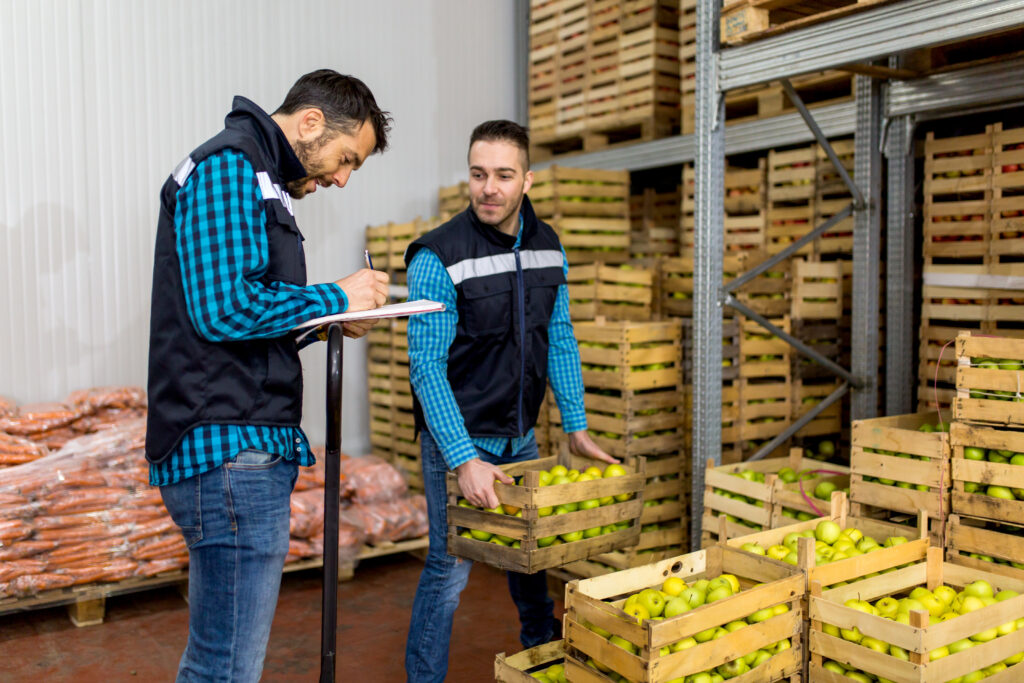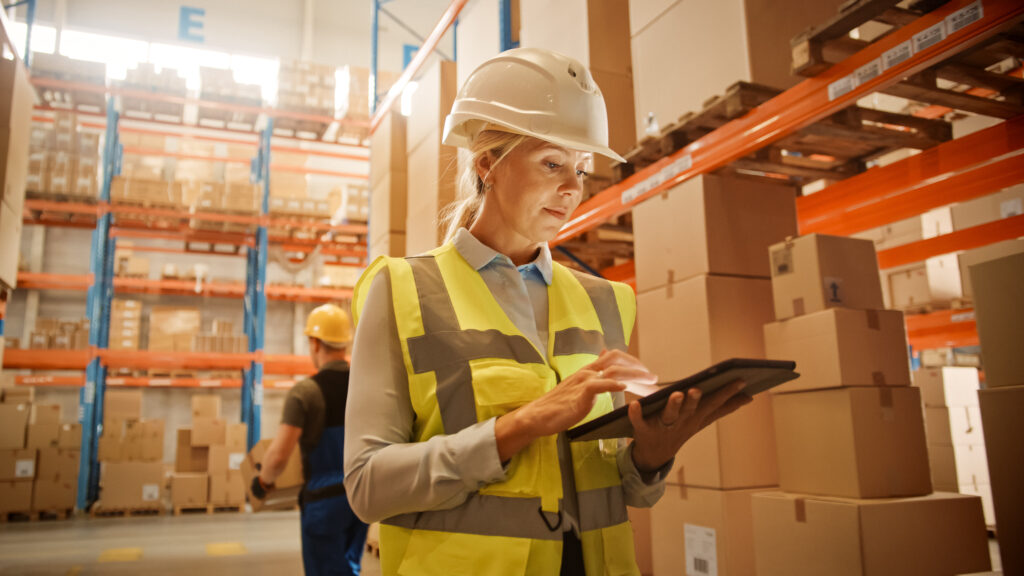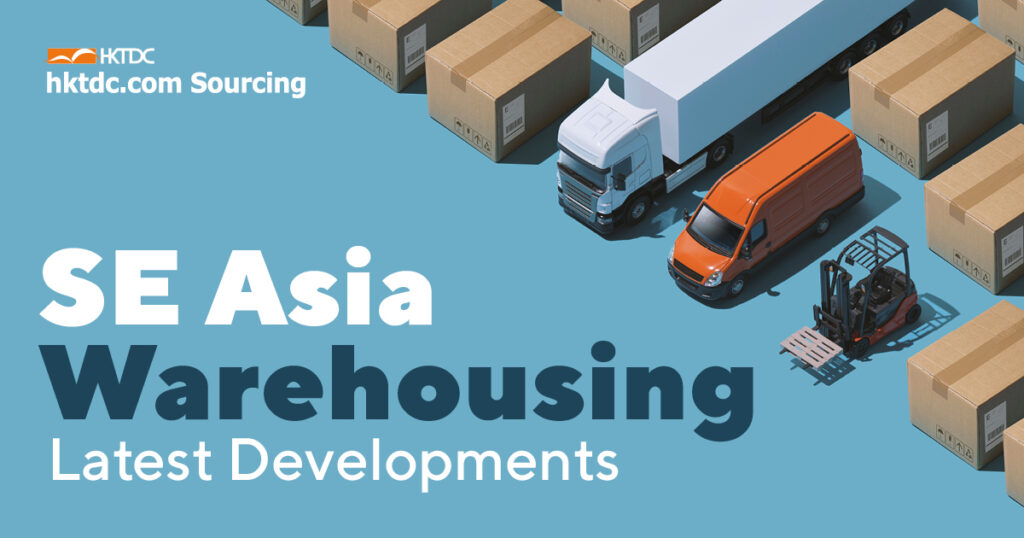APAC e-commerce sales recorded fivefold increments in recent years with explosive growth in demands for inventory storage, according to McKinsey. In fact, the APAC region holds the largest market share in the world for warehouse and storage services, and more development is underway.
In support of e-commerce logistics, different types of storage solutions designed for fulfilling orders and storing smaller quantities of inventory emerged.
Let’s look at the logistics environment shaping the future of warehousing in Southeast Asia:
1. Changing Warehouse Sizes: Smaller the Better?
Multi-storey warehouses have been popular in Asia for a couple of decades due to high land costs and densely populated urban areas. You may expect warehouse sizes to continue to expand, a trend prevalent in markets like Hong Kong and Singapore.
However, in many Southeast Asian countries, shrinking warehousing spaces are the new trend. It’s not just a lack of space and the need for speedy last-mile fulfillment – it’s about the many new entrants popping up in the industry due to e-commerce expansion. Some of those entrants have very small inventories, and they cannot afford the overhead cost associated with a regular warehouse.
This gives rise to microwarehousing, or microfulfillment, which makes e-commerce selling more feasible to those looking to start a business with very small capital. Plus, it makes it easier for companies to get perishable items like food and medicines to customers with very little risk of spoilage or incident in the last mile.

2. Big Tech Overhauls Underway
Tech advancements like using IoT to streamline fulfillment, and the widespread use of WMS (warehouse management systems), facilitates automation in the warehouse. One of the most popular automated technologies is the autonomous vehicle.
Autonomous vehicles are forklifts, pallet trucks, or small-carry robots that have been programmed to do their job without the need to be controlled in real-time by a human. This kind of tech has already gained traction particularly in high-tech cities like Hong Kong and Singapore. However, nations like Malaysia and Vietnam still need to catch up when it comes to technological adoption in logistics.
The challenge for the next few years will be to perfect their smart warehouses and train employees properly with the new automated technologies.

3. Ongoing Logistics Investments
Some major investments are needed to aid technological and infrastructural advancements in the region’s logistics. Through all of the 11 nations in Southeast Asia, foreign direct investment grew 40% in the last 5 years. International players are continuing to strategically invest in logistics to create regional logistics networks.
One key area investors are focusing on is storage and fulfillment. Demand is high across the region, and companies eager to get in to buy up land and warehouse space when they can. From smart warehouses to micro storage spaces, the region is seeing new facilities popping up here and there.
We will hopefully see more consistent development, as well as private entities and governments working together to create an easily navigable infrastructure for logistics, in the next decade.
This article is originally published by CBIP Logistics:
CBIP Logistics provides full-scope logistics services for DTC businesses, including freight logistics, order fulfillment, and logistics consulting. As a fourth-party logistics provider, we work with an extensive partner network of warehouses, fulfillment centers, and other logistics providers around the world to design optimized logistics operations for all of our DTC clients. Learn more about our company and services at cbiplogistics.com.




















